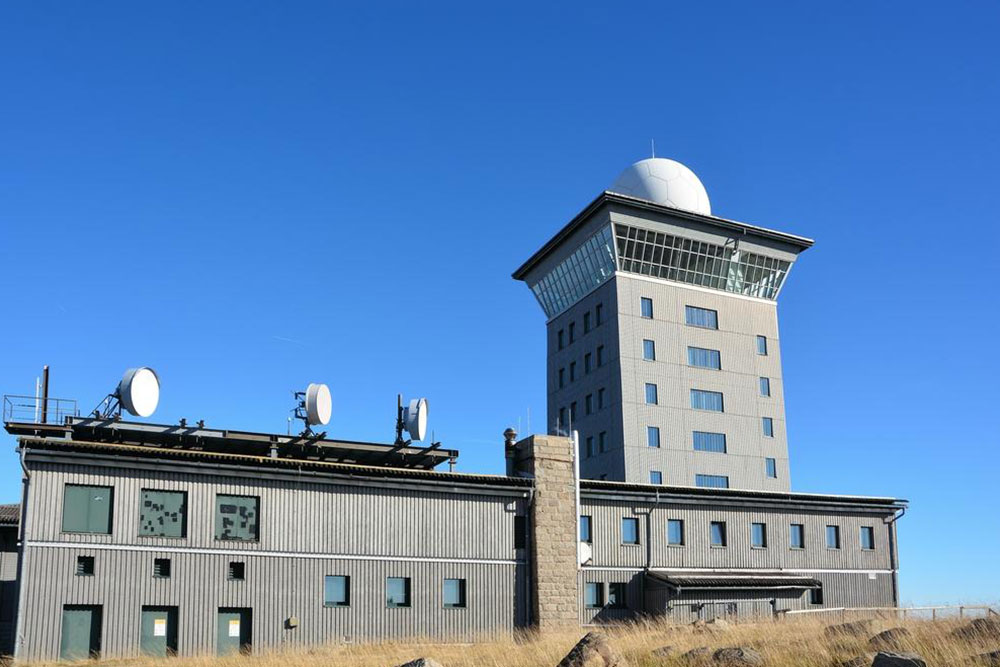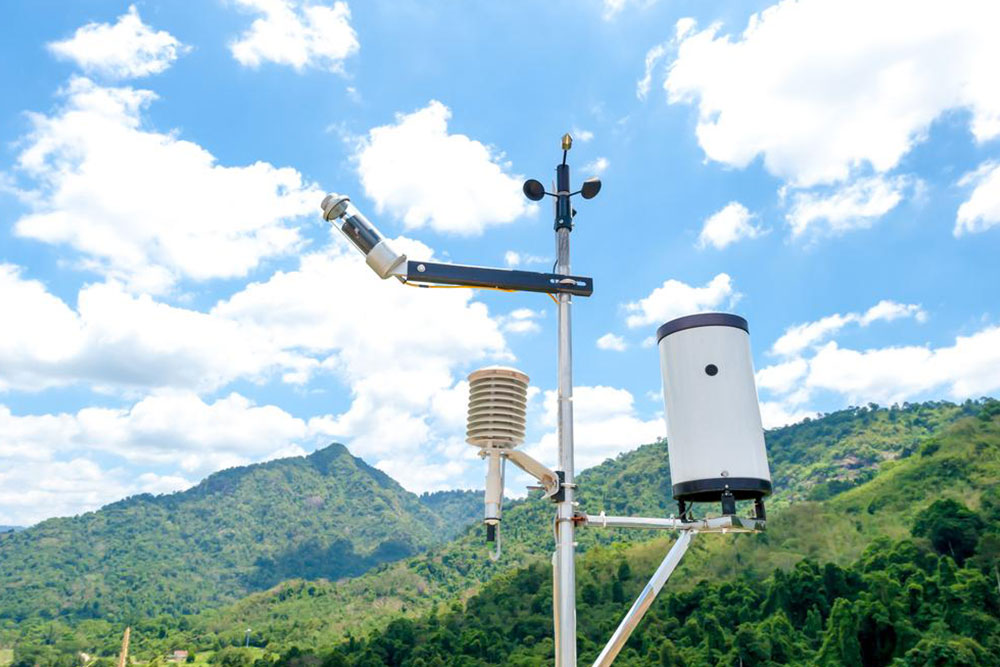Integration and Benefits of Automated Meteorological Stations
Automated weather stations simplify large-scale meteorological data collection by using wireless communication, solar power, and advanced algorithms to improve weather prediction accuracy. They are essential for environmental monitoring, safety, and educational purposes, with real-time data transmission playing a crucial role.
Sponsored

Automated Meteorological Stations
Manual collection of weather data can be time-consuming and challenging, especially over large areas such as states or counties. To address this, automated weather stations (AWS) have been developed to streamline data collection and reporting. These systems are designed to gather weather information remotely, significantly reducing the need for manual labor.
Equipped with wireless communication technologies like mobile networks and satellite links, AWS can transmit real-time or delayed data depending on features like the Argos system or GPS. They are often mounted on poles or masts and include components such as data loggers that record and store sensor data for analysis.
These stations often utilize solar panels and rechargeable batteries, with optimal power generation during daylight hours. Mounting position influences energy production, making proper placement crucial. Modern weather stations incorporate advanced algorithms and powerful computers, enabling highly accurate weather predictions based on extensive data analysis.
Personal weather stations serve educational and entertainment purposes, with some sharing data via radio or online platforms. However, their accuracy can vary compared to official meteorological stations due to differences in calibration and placement. Overall, automated weather stations are vital for monitoring environmental changes and providing timely alerts to authorities, helping mitigate weather-related risks.





